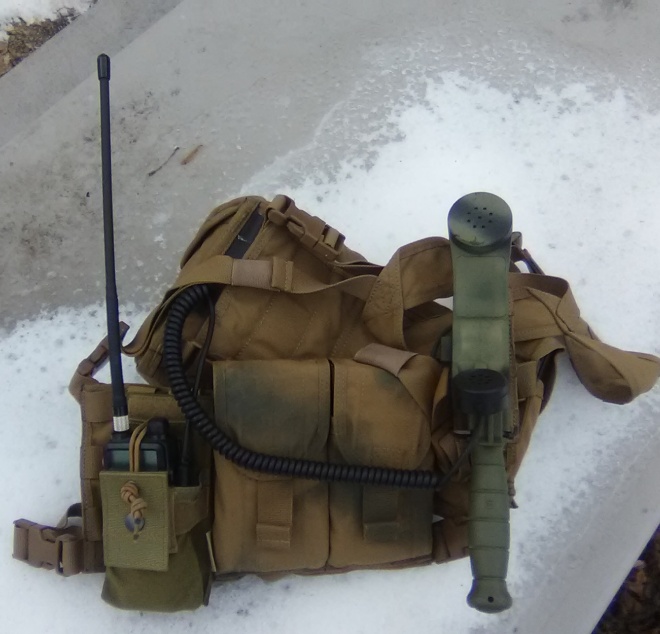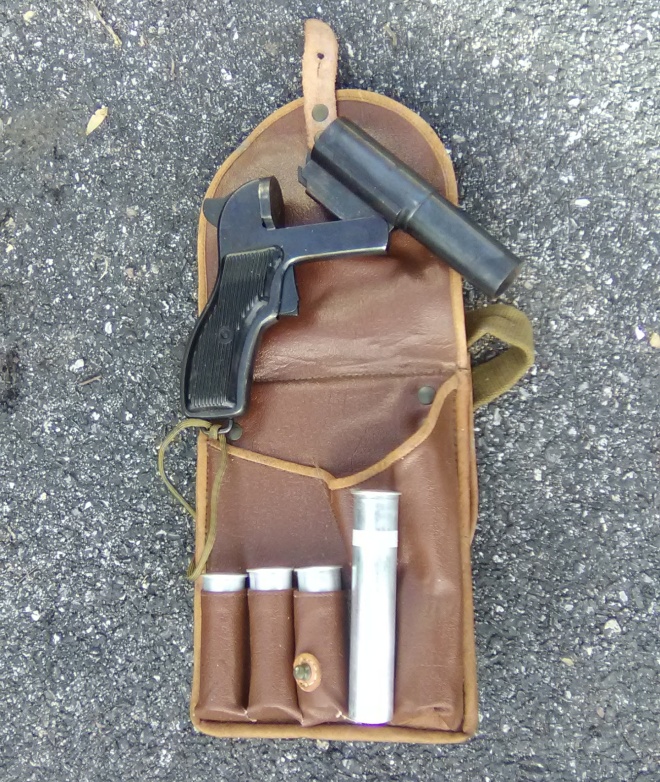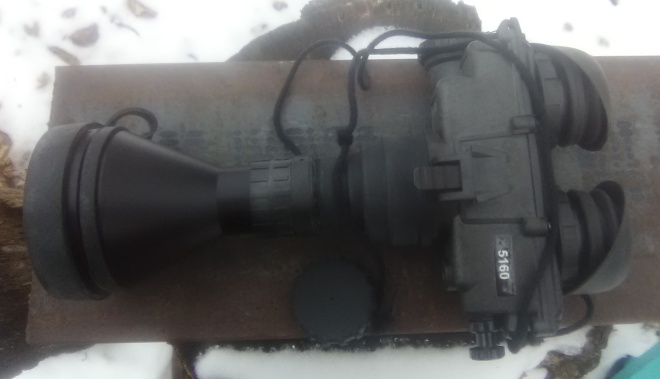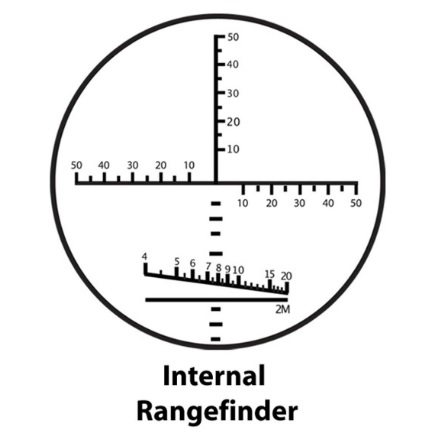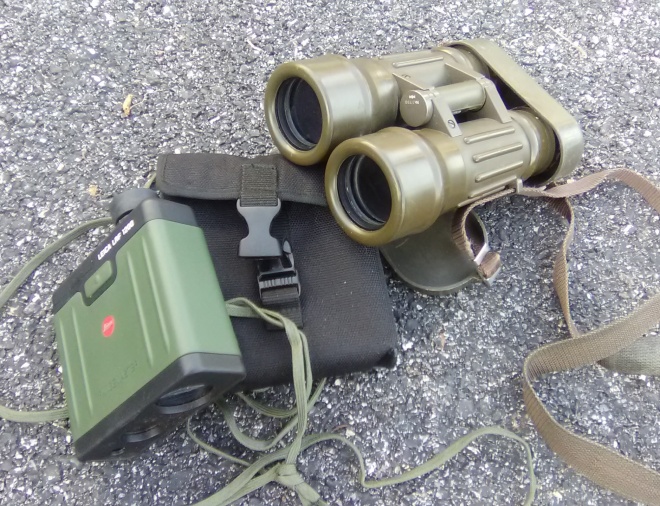When it comes to hunting with a handgun, I very rarely have ever looked at the handgun as anything more than a back up or a convenience. I very rarely ever go hunting without a handgun, but it is used very little in comparison to my long guns. Having owned many pistols that people say are great for hunting, I’ve narrowed down my selection to only two that I consider necessities when it comes to “pistols for foraging”.

Keep in mind what I am making my comparisons to. I have owned a 7.5″ Ruger Redhawk in .44Magnum, a 6″ GP-100 in .357Magnum, a 4″ Ruger Security Six in .357 Magnum, a Magna-ported 6″ S&W M29 in .44Magnum, and a 3″ S&W M317 in .22LR. They all did OK and shot well enough. As a matter of fact, the 6″ M29 was one of the most accurate Magnums I’ve own. These were cut from the “Herd” for various reasons which I will cover below.
Selection Criteria
Versatility
The things I weigh when making a firearms selection for a hunting handgun, starts first with versatility. This is the reason I choose a revolver for what Mel Tappan called a “Working Gun”. Revolvers can use reduced loads and birdshot loads as reliably as a regular, full power, factory load.
Accuracy
After versatility, comes accuracy. If a .22LR revolver won’t shoot “Minute of Squirrel” at 15 meters, it gets cut from the team. This is why the 3″ S&W M317 was sold. If my Magnum caliber handgun doesn’t shoot into four inches at 25 yards, it gets the boot.
Weight/Bulk
Lastly on the list is weight/bulk. While I like a handgun to be lightweight, a .44 Magnum that is lightweight is a “Masochist Special” in my book. On the other hand, a Ruger Redhawk with a 7.5″ barrel is not only too heavy for convenient carry, but it is way too bulky for a quick presentation if necessary. I’ve found the 6″ barreled revolvers I’ve owned to be a tad too long for convenient belt or “Tanker Holster” carry, so there goes the GP-100, Redhawk and 6″ M29.
Power
In big game hunting revolvers, I look for enough energy to do the job on the game I’m hunting. The .357 Magnum out of a 6″ barrel is in the “bare minimum” category for me. When you drop the .357 Magnum to 4″ barreled velocities, it doesn’t deliver near the downrange energy I’d like in that type of handgun and that nixed the Security Six.
I’m lookin for at least 700 foot pounds out of a handgun I carry when hunting big game. Although the .357 Magnum has some specialty loads that will do that, it averages around 500-550 ft lbs in common weights and bullet designs. At least the .44 Magnum out of everything from a 3″ barrel up will put out 700 ft. lbs. on target with most factory loads.
Reliability
When it comes to reliability, most revolvers will give you that, as long as you know what will cause problems with that type of action. The biggest issue I’ve seen with revolvers is after a lot of shooting, lead will build up on the forcing cone to the point that you need to clean/scrub it. You can do as I did in between relays in a “Firearms Instructors Course” in the 90’s and half cock the hammer while spinning the cylinder to knock the lead build up off (that is a last choice option BTW, and was completed while still on the “Line”) but that was done after we had fired hundreds of rounds through our weapons that day.
Availability
Finally, I look at what is commonly available in the “Mom and Pop” General stores. Usually you will see .357 Magnum and maybe .38 Special. There will usually be .44 Magnum, .45ACP, 9MM and always .22 Long and Long Rifle.
My Choices
Taurus 4″ M94 .22LR

4″ Taurus M94 .22LR in a Mil Surplus aviator shoulder holster with a folding knife sheath converted to carry three speedloaders. One speedoader always has 9 CB Long cartridges in it, due to how quiet they are.
The first pistol I selected is a Taurus M94, nine shot .22LR with a four inch barrel. I have had this pistol for about 15 years and it never fails to deliver when needed. It will shoot “Minute of Squirrel” out to 20 meters off a solid rest. I can’t tell you how many squirrels I’ve taken over the years just because I always had this firearm in my pack when I went out hunting.
It is convenient to carry not only because it is only a 4″ barrel, but because it is “J-Frame” sized (the same as the 5 shot, snub nosed revolvers) and relatively lightweight. It carries plenty of rounds to get the job done, and what I normally do is load CB Longs into the first and second chambers and the rest are CCI Mini Mags.
The sights are thin enough to make an accurate shot on small game, but still visible enough to see when the light starts to dim. I carry extra ammo for this pistol in HKS speedloaders for no other reason than it is more convenient than loose ammo in your pocket. If you compare the cost of the S&W M63 (a comparable pistol model) the Taurus M94 is half the price with most of the same attributes (the S&W DA trigger is smoother).
Smith and Wesson 4″ M29

Magna-ported 4″ M29 .44 Magnum with an El Paso Saddlery Tanker holster and an M1 Carbine 15 round mag pouch which conveniently holds 4 speedloaders.
I have been a fan of .44 Magnum revolvers since I was a teenager. With that said, I’ve owned a number of them and of all the .44 Magnum revolvers I’ve owned, the 4″ M29, I’ve had for 17 years, is the most convenient one for size, weight and accuracy that I have found. At 50 meters, this revolver will put all six rounds on a paper plate when using a solid rest.
My 4″ M29 is Magna-ported. What this means is that the perceived recoil and the muzzle rise is less than a non Magna-ported version and it makes a big difference. I consider Pachmayr grips to be a necessity on magnum caliber revolvers, and the “Gripper” model you see here is best, out of their selection of designs, in my opinion.

The 3 loads I use out of my M29 are the Remington 240 grain HTP Jacketed soft point, the CCI shot loads for small game (both #9 and #4 shot) and a reload that pushes a 310 grain hardcast flatpoint at 1080 fps for a little over 800 ft lbs. of energy. This round is meant as a dangerous game load and is all about penetration of vital areas.
The 4″ M29 weighs in at 3.25 lbs. loaded and carries very well whether it’s strong side or cross draw on the belt, or in the tanker holster on my chest. Anything bigger is too cumbersome. Anything smaller would be painful to shoot, not as controllable and not as reliable, power wise, at taking out a dangerous animal.
This concludes the 4 Part series of the basic attributes I look for in “Firearms for Freedom and Forage”. Next, we will look more in depth into the firearms we’ve given a brief overview of.
JCD
“Parata Vivere”- Live Prepared.



















